Intro
Low body temperature, also known as hypothermia, is a condition where the body's core temperature drops below 95°F (35°C). This can be a serious medical condition that requires immediate attention. In this article, we will explore the 7 causes of low body temperature, its symptoms, and treatment options.
The human body is designed to maintain a core temperature of around 98.6°F (37°C). When the body's temperature drops, it can affect various bodily functions, including the heart, brain, and nervous system. Low body temperature can be caused by various factors, including environmental, medical, and lifestyle-related factors. Understanding the causes of low body temperature is crucial in preventing and treating this condition.
Low body temperature can have severe consequences if left untreated. It can lead to confusion, disorientation, and even loss of consciousness. In severe cases, it can cause cardiac arrest, respiratory failure, and even death. Therefore, it is essential to recognize the symptoms of low body temperature and seek medical attention immediately if you or someone you know is experiencing it.
Introduction to Low Body Temperature
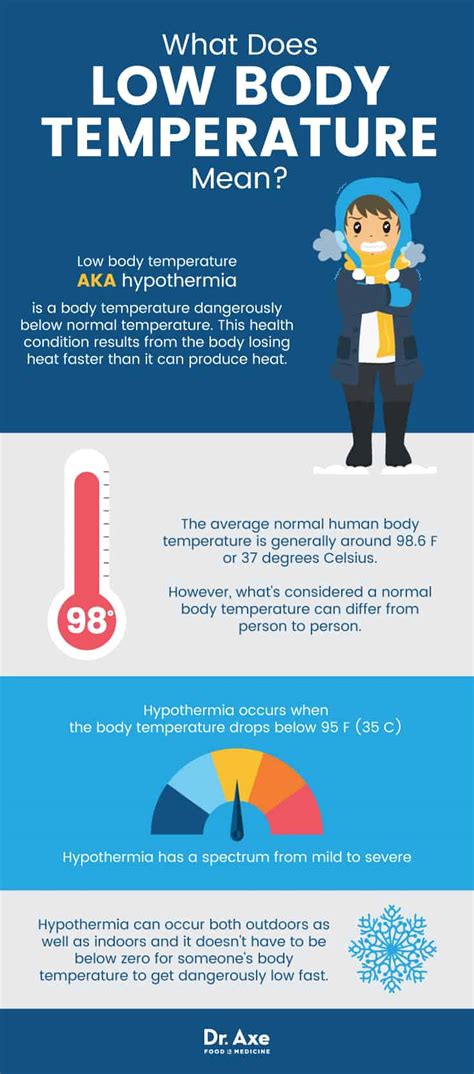
Low body temperature is a condition that can affect anyone, regardless of age or health status. It is essential to understand the causes, symptoms, and treatment options to prevent and manage this condition effectively. In this article, we will delve into the 7 causes of low body temperature and provide practical tips on how to prevent and treat it.
Cause 1: Exposure to Cold Environment

One of the most common causes of low body temperature is exposure to a cold environment. This can occur when a person is outside in cold weather without proper clothing or shelter. Prolonged exposure to cold temperatures can cause the body's core temperature to drop, leading to hypothermia. This is especially true for people who work or engage in outdoor activities in cold weather, such as construction workers, skiers, or hikers.
Symptoms of Hypothermia
The symptoms of hypothermia can vary depending on the severity of the condition. Mild hypothermia can cause symptoms such as:
- Shivering
- Confusion
- Dizziness
- Nausea and vomiting
- Fatigue
- Weakness
Severe hypothermia can cause more severe symptoms, including:
- Loss of consciousness
- Cardiac arrest
- Respiratory failure
- Seizures
Cause 2: Medical Conditions
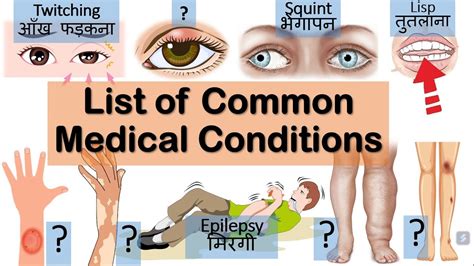
Certain medical conditions can increase the risk of low body temperature. These include:
- Diabetes
- Hypothyroidism
- Anemia
- Stroke
- Spinal cord injuries
These conditions can affect the body's ability to regulate its temperature, making it more susceptible to hypothermia.
Treatment Options
Treatment for low body temperature depends on the severity of the condition. Mild hypothermia can be treated with:
- Warm blankets
- Hot drinks
- Warm baths
- Exercise
Severe hypothermia requires immediate medical attention and may involve:
- Cardiopulmonary resuscitation (CPR)
- Oxygen therapy
- Intravenous fluids
- Medications to treat underlying medical conditions
Cause 3: Medications

Certain medications can increase the risk of low body temperature. These include:
- Sedatives
- Anesthetics
- Antidepressants
- Antipsychotics
- Blood thinners
These medications can affect the body's ability to regulate its temperature, making it more susceptible to hypothermia.
Prevention Tips
To prevent low body temperature, it is essential to:
- Dress warmly in cold weather
- Stay dry and avoid wet clothing
- Avoid excessive alcohol consumption
- Eat a balanced diet to maintain energy levels
- Stay hydrated by drinking plenty of fluids
Cause 4: Age-Related Factors
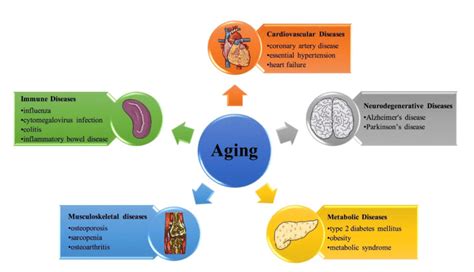
Age-related factors can increase the risk of low body temperature. Older adults are more susceptible to hypothermia due to:
- Decreased metabolism
- Reduced blood circulation
- Impaired temperature regulation
- Chronic medical conditions
Statistics
According to the Centers for Disease Control and Prevention (CDC), older adults are at higher risk of hypothermia, with:
- 75% of hypothermia-related deaths occurring in people over 65 years old
- 45% of hypothermia-related emergency department visits occurring in people over 65 years old
Cause 5: Lifestyle-Related Factors
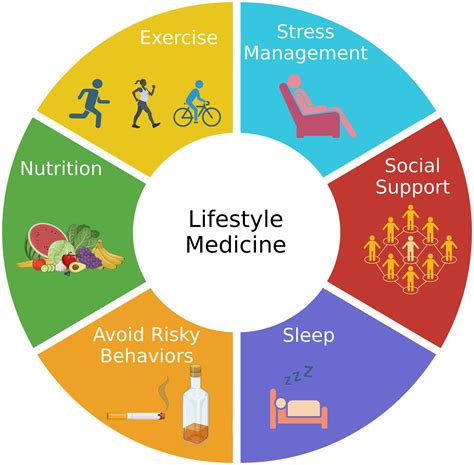
Lifestyle-related factors can increase the risk of low body temperature. These include:
- Homelessness
- Poverty
- Lack of access to healthcare
- Poor nutrition
- Substance abuse
These factors can make it difficult for individuals to access warm shelter, clothing, and medical care, increasing their risk of hypothermia.
Community Resources
To address lifestyle-related factors, community resources such as:
- Homeless shelters
- Food banks
- Healthcare clinics
- Social services
- Support groups
can provide essential support and services to individuals at risk of hypothermia.
Cause 6: Environmental Factors

Environmental factors can increase the risk of low body temperature. These include:
- Extreme cold weather
- Power outages
- Natural disasters
- Poor housing conditions
- Lack of access to warm water
These factors can make it difficult for individuals to maintain a warm and safe living environment, increasing their risk of hypothermia.
Emergency Preparedness
To prepare for environmental factors, it is essential to:
- Have a emergency kit with warm blankets, flashlights, and first aid supplies
- Stay informed about weather forecasts and emergency alerts
- Have a plan for alternative heat sources, such as portable heaters or fireplaces
- Stay connected with family and friends to ensure someone is aware of your whereabouts and can provide assistance if needed
Cause 7: Nutritional Factors
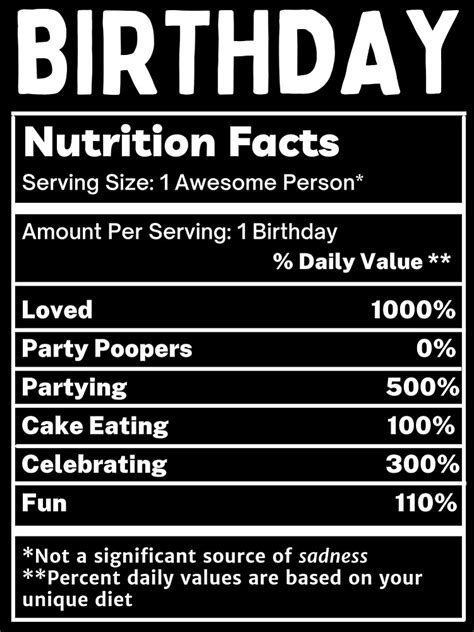
Nutritional factors can increase the risk of low body temperature. A diet lacking essential nutrients, such as:
- Protein
- Healthy fats
- Complex carbohydrates
- Vitamins and minerals
can affect the body's ability to regulate its temperature, making it more susceptible to hypothermia.
Healthy Eating Tips
To maintain a healthy diet and prevent low body temperature, it is essential to:
- Eat a balanced diet with a variety of whole foods
- Stay hydrated by drinking plenty of fluids
- Avoid excessive caffeine and sugar consumption
- Limit alcohol consumption
- Consider taking supplements, such as vitamin D and iron, if necessary
What are the symptoms of low body temperature?
+The symptoms of low body temperature can vary depending on the severity of the condition, but may include shivering, confusion, dizziness, nausea and vomiting, fatigue, and weakness.
How can I prevent low body temperature?
+To prevent low body temperature, it is essential to dress warmly in cold weather, stay dry and avoid wet clothing, avoid excessive alcohol consumption, eat a balanced diet to maintain energy levels, and stay hydrated by drinking plenty of fluids.
What are the treatment options for low body temperature?
+Treatment for low body temperature depends on the severity of the condition, but may include warm blankets, hot drinks, warm baths, exercise, cardiopulmonary resuscitation (CPR), oxygen therapy, intravenous fluids, and medications to treat underlying medical conditions.
In conclusion, low body temperature is a serious medical condition that requires immediate attention. Understanding the 7 causes of low body temperature, including exposure to cold environment, medical conditions, medications, age-related factors, lifestyle-related factors, environmental factors, and nutritional factors, is crucial in preventing and treating this condition. By recognizing the symptoms, taking preventive measures, and seeking medical attention when necessary, individuals can reduce their risk of low body temperature and stay safe and healthy. We encourage readers to share their experiences and tips on preventing and treating low body temperature in the comments section below. Additionally, please share this article with others who may benefit from this information, and let's work together to raise awareness about this important health topic.
